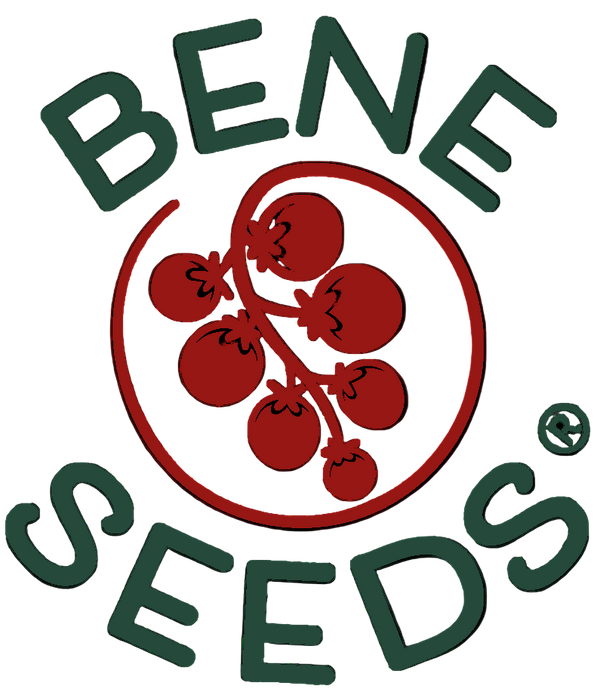Our Mission
We have a simple mission: to enable the world to enjoy delicious, nutritious, beautiful tomatoes. The challenge is spoilage – many traditional heirloom varieties offer great flavor and appearance, but they spoil if not eaten within days of harvest.
Giant seed companies responded by developing ripening resistant varieties that are artificially gas ripened. This has enabled vast quantities of fruit to be sold around the globe, all year round. But the trade-off has been flavor; today’s typical supermarket-bought tomato is mealy and flavorless.
Over the last two decades, our small team of artisan breeders has solved this problem by traditional hand-crossing and selection approaches. The result is a portfolio of truly delicious varieties with exceptional appearance and natural resistance to spoilage. We call these new varieties "Heirloom Plus™" types as they offer many benefits of traditional heirlooms, but with significant improvements in taste and shelf life.
Our ultimate driver is to ensure a reliable supply of quality seed for farmers and home-growers, with the aims of preserving crop diversity, ensuring that all communities have access to high quality vegetables, and reducing food waste.

